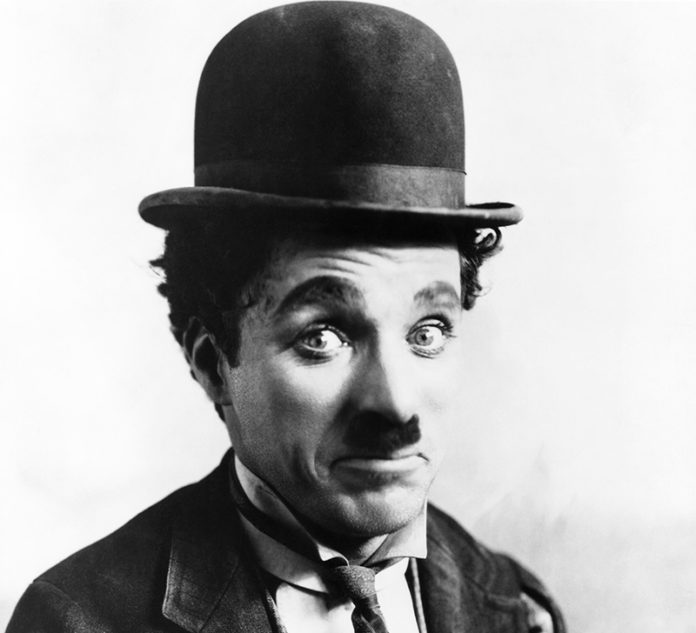From child of the workhouse to icon of the silver screen, the comic actor lived a fascinating life
Even people who have never seen a Charlie Chaplin movie know his ‘Little Tramp’, whose bowler hat, black moustache, baggy trousers and twirling cane dominated the early years of movie history.
Soon after his birth in London, in 1889, Charles Spencer Chaplin, his mother Lily and half-brother Sidney were abandoned by his alcoholic father. Lily was forced back into her former
life as a music hall singer. When she lost her voice mid-act, five-year-old Charlie was shoved onstage to replace her and was an instant hit. As Lily’s mental and physical health deteriorated, however, the brothers ended up in Lambeth Workhouse. Appropriately, it’s now home to London’s Cinema Museum.
Charlie worked however he could, eventually moving to America and joining Fred Karno’s famous pantomime troupe, where he was spotted by film producer Mack Sennett. Make a Living, 1914, was a one-reel cheapie. Chaplin was soon making dozens of movies for Sennett’s Keystone studio but needed a standout character audiences would remember. Kid Auto Races at Venice, also 1914, saw the Little Tramp’s first outing. Chaplin made 35 films the following year, leaving Sennett for rival companies, first at $1,250 a week, then $670,000 a year.
In 1919, he formed United Artists with fellow artists Douglas Fairbanks, DW Griffith and Mary Pickford in order to gain total autonomy in the distribution of his own films. As a contracted artist Chaplin had had to toe the line. Now he was accountable to no one. Pacifist and politically left-leaning, his Little Tramp could safely challenge capitalist conventions.
Chaplin was known for his perfectionism and often hard to work with but he was just as tough on himself, drawing on his own life to discuss poverty and injustice in works such as The Kid, City Lights and Modern Times. He wasn’t making any friends in the government though: as early as 1922 the FBI opened a file on him.
When he first saw Adolf Hitler, Chaplin thought him ridiculous, even jokingly suggested the Nazi leader had stolen his trademark moustache. He soon realised how sinister Hitler was and in 1940 released his satire The Great Dictator. It was a hit, but FBI director J. Edgar Hoover considered Chaplin a dangerous subversive. He would use the Little Tramp’s biggest weakness against him.
Chaplin was drawn to very young women. His first wife, Mildred Harris, was 18; Lita Grey was just 16. Paulette Goddard 21. In 1941, however, Chaplin had a brush with another young actress, Joan Barry. In 1943, she led a paternity suit against him. Blood tests proved Chaplin was not the baby’s father but he was still forced to pay maintenance. Chaplin was acquitted from another trial brought by Federal prosecutors, but by now his reputation was badly damaged and he was suspected of communism.
Never formally subpoenaed by the notorious House Un-American Activities Committee, Chaplin faced constant calls for deportation. He longed to return to Europe for a holiday with his fourth wife, Oona O’Neill (the couple would stay together more than 30 years and have eight children). He was issued with a re-entry visa which, mid-Atlantic, was revoked. Chaplin lived in exile, returning to America just once in 1972 to accept an honorary Oscar. He was knighted by the Queen in 1975 and died two years later in Corsier-sur-Vevey, Switzerland.






 © 2024
© 2024